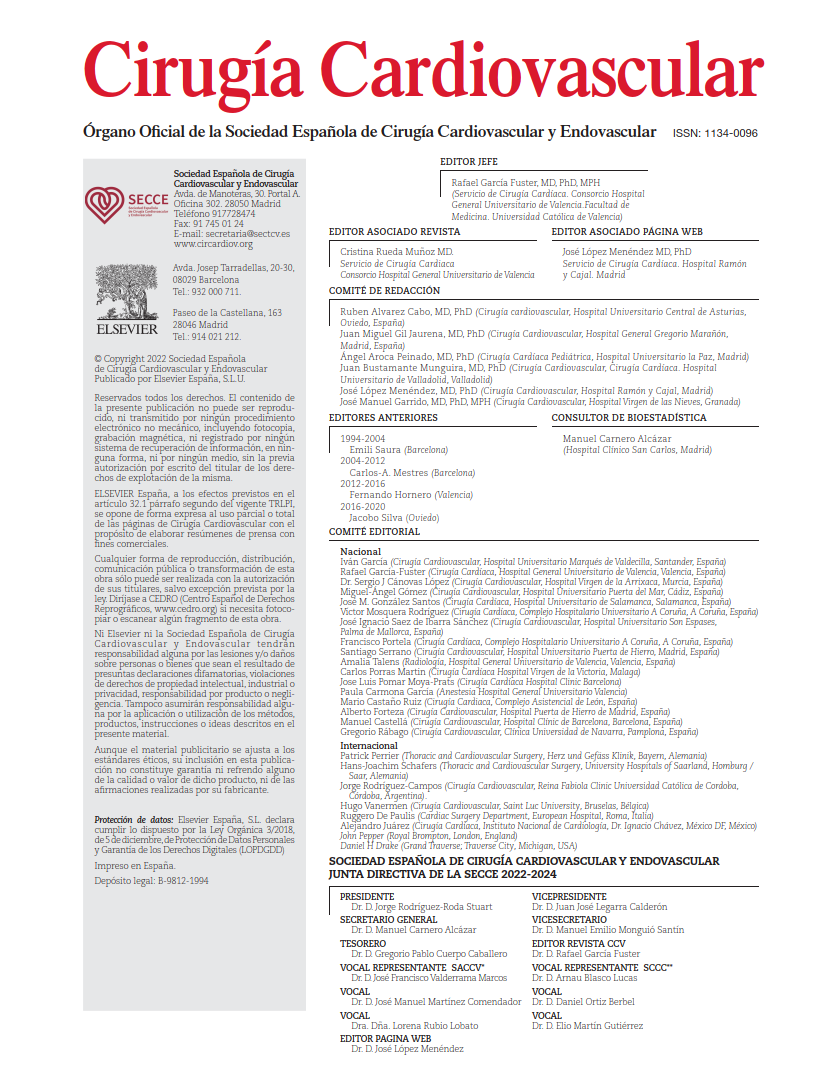
Assisted reproductive techniques and incidence of congenital heart defects
A nationwide study conducted in the Nordic countries evaluates the risk of severe congenital heart defects in children born following assisted reproductive technology (ART).
Opening New Doors to the Heart: Thoracotomy as an Alternative for HeartMate 3® Implantation
A prospective, multicenter study on the implantation of the HeartMate 3® device via thoracotomy, evaluating the safety and efficacy of this approach.
Success of Transatrial Transcatheter Mitral Valve Replacement in the Management of MAC in the United States
This retrospective study analyzes the outcomes and trends in the utilization of transatrial transcatheter mitral valve replacement (TA-TMVR) in high-risk patients with mitral annular calcification (MAC) between 2014 and 2021 in the U.S. population.
Infective endocarditis in congenital heart disease, it is not the same
This Danish retrospective study compares infective endocarditis (IE) in patients with congenital heart disease (CHD) versus the population with a structurally normal heart.
TAVI in bicuspid aortic valves: no matter how hard you try, it won’t turn round
Comparative study on the behavior of TAVI prostheses implanted in bicuspid and tricuspid aortic valves, focusing on deformation, development of paravalvular leakage, and thrombosis.
Between a rock and a hard place: bovine or porcine aortic bioprosthetic valves? Which is better?
A retrospective observational study comparing the clinical outcomes of aortic valve replacement using porcine and bovine pericardial bioprostheses, based on nationwide administrative databases in Korea between 2003 and 2018.
Low-dose anticoagulation in patients with On-X® aortic prosthesis: Increased safety without compromising efficacy
First results from a prospective, multicenter, single-arm registry clinical study aimed at evaluating the safety of low-dose warfarin anticoagulation combined with aspirin in patients undergoing isolated aortic valve replacement with the On-X® prosthesis (Artivion®) after 5 years of follow-up, comparing these results with the historical control group from the randomized PROACT clinical trial.
Poor TAVI outcomes in patients younger than 65: make AVR great again!
A propensity score-matched analysis of state health department registries from California, New York, and New Jersey comparing 6-year morbidity and mortality outcomes following TAVI or surgical aortic valve replacement in patients younger than 65 years.

